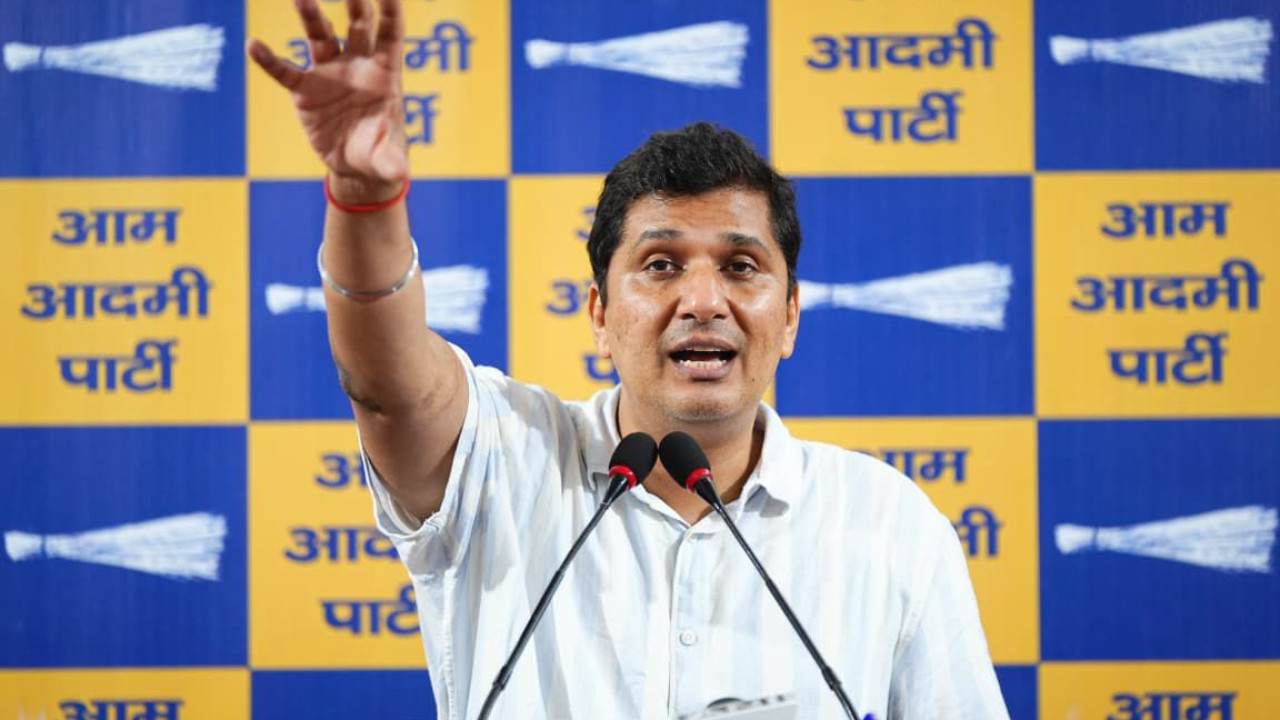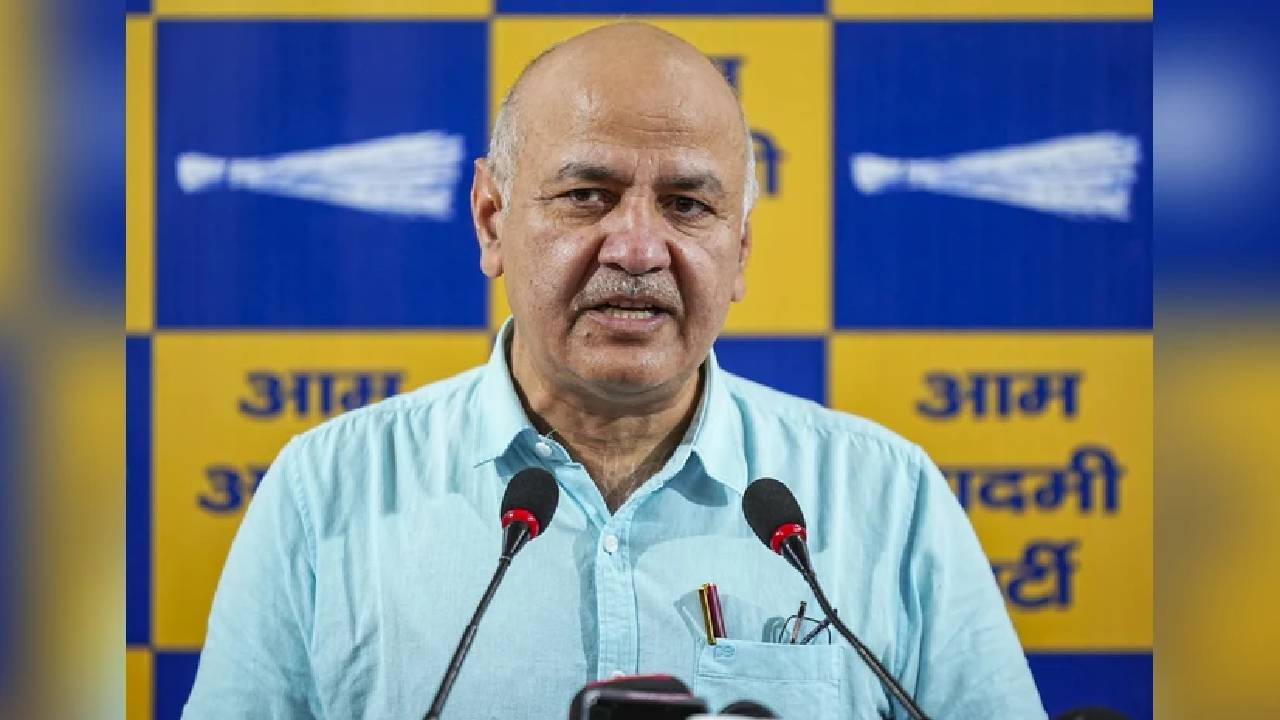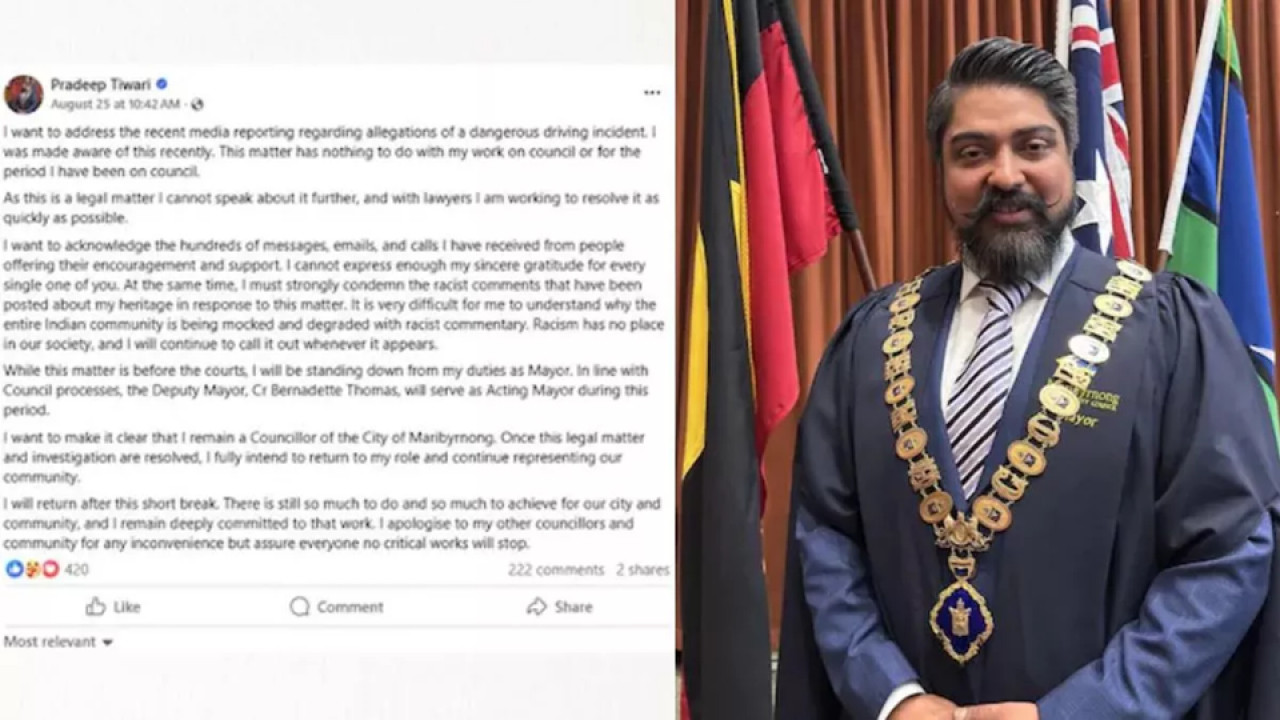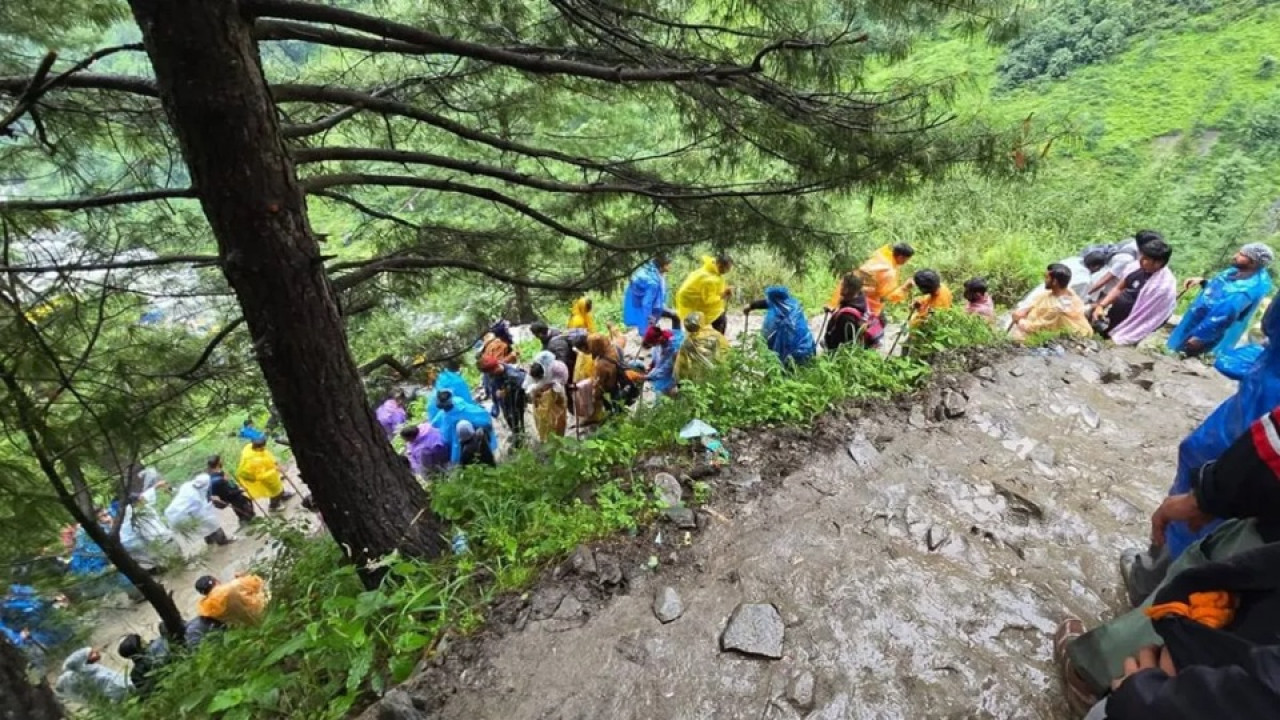International News: A major plot by Pakistan’s intelligence agency ISI has come to light, raising fresh concerns for Indian security agencies. According to intelligence inputs, ISI is helping terrorist groups, particularly Jaish-e-Mohammed, to move away from traditional arms and adopt modern technology. The plan reportedly includes supplying Jaish operatives with drones, quadcopters, and other advanced weapons systems, making them more lethal and harder to track.
For years, Jaish relied on small arms, rifles, and explosives to carry out its activities. But now, with ISI’s assistance, the organization is preparing to acquire cutting-edge technology. Reports suggest that the Pakistani army itself is stepping in to provide training to these terrorists in handling drones and other sophisticated weapons. Alarmingly, nearly half of Jaish’s funding is already being funneled into arms procurement, and the addition of drones to their arsenal could make cross-border smuggling and targeted strikes easier than ever before.
Weapons Market and ISI’s Role
Inputs further reveal that Jaish, with ISI’s backing, is sourcing machine guns, rocket launchers, and mortars from the black market. This is part of a broader strategy by Pakistan to modernize terrorism and escalate attacks against India. Interestingly, despite Jaish’s close ties with Tehreek-e-Taliban Pakistan (TTP)—an outfit that primarily targets Pakistan itself—ISI and the Pakistani military continue to support Jaish. This duplicity highlights how Pakistan selectively nurtures terror groups to keep its India-focused agenda alive.
Drones Already in Use
The fear of drone warfare is not hypothetical. The TTP has previously used drones in its strikes, though their availability of advanced systems has been limited. Jaish’s financial backbone is getting stronger with the use of digital wallets and online transactions. Intelligence estimates suggest the group secures 800–900 million Pakistani rupees annually, with a large portion coming from Gulf nations. With such funds, building a modern arsenal is only a matter of time.
Aftermath of Operation Sindoor
Indian security officials believe this sudden push toward modernization stems from the heavy losses Jaish suffered during Operation Sindoor. Masood Azhar, the group’s chief, is said to be enraged and desperate to prove his outfit’s strength. Agencies fear that drones could become a game-changer—making infiltration, weapon smuggling, and even precision attacks far more efficient.
Reports also indicate that despite international pressure, terror organizations in Pakistan are reviving their destroyed headquarters. Training camps, launch pads, and even fundraising events are resurfacing openly. With Jaish aiming for a “high-tech” makeover, India faces a sharper, more complex threat than before. Security agencies are now on heightened alert, knowing that the next phase of terrorism may not come through the traditional barrel of a gun—but through the silent flight of a drone.













